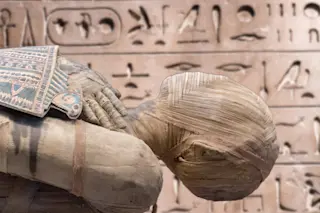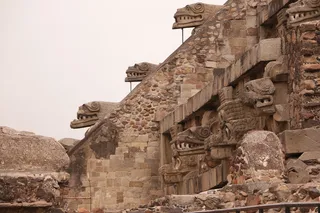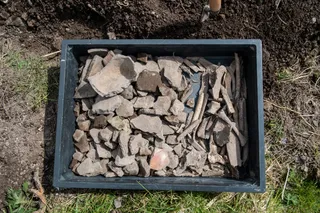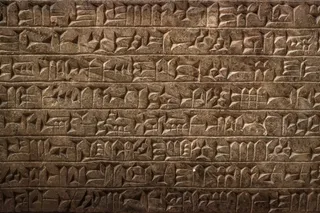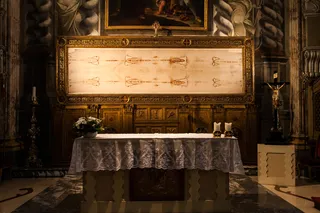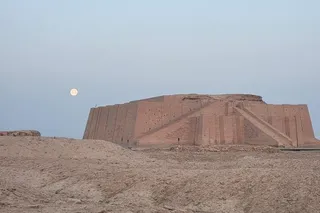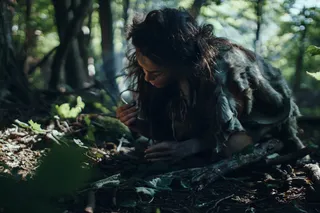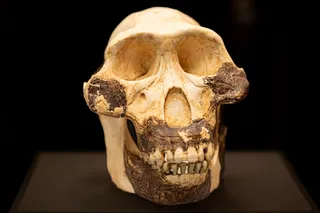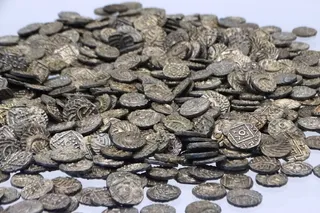Before his discovery of King Tutankhamun’s tomb in 1922, it’s rumored that Howard Carter, the renowned Egyptologist, discovered another mummy in 1919. Known as either the Bashiri Mummy, the Mummy of Pacheri, or the “untouchable one,” this mummy was so intricately wrapped that researchers never unfurled it for fear of irreversible damage.
The fabric across the mummy's face is woven in an intricate pattern that resembles the base of a pyramid, and it may be the only known mummy to have used this embalming practice. Even though in the past, many researchers and non-researchers alike would unwrap Egyptian mummies for research and non-research purposes. Thankfully, today, other methods give us a better and more respectful look at what lies inside a sarcophagus.
According to some sources, Howard Carter found the Bashiri Mummy, or Mummy of Pacheri, in Luxor in the Valley of the Kings, the same area where Carter uncovered ...



